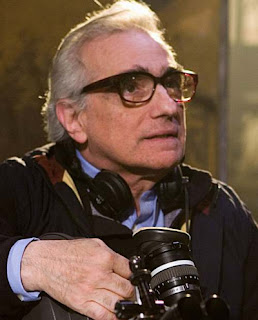
On the 2nd of December Martin Scorsese's new film Hugo will open in UK theatres. This marks the legendary director stepping into unknown territory for two reasons; for one, this will be his first family friendly film about the fantastical adventures of a homeless boy set in Paris during the 1920s, Another would be that it's Scorsese's first foray into 3D film making, a side to film making that seems to excite him more than most of us.
Scorsese's reasoning is that "We are in 3D. We see in 3D, so why not?". This is a fair point from a filmmaker as assured and passionate as Scorsese, a director who even as he approaches 70 still has the passionate spark he had from when he was producing master works such as The Age of Innocence. Scorsese views 3D as a new dawn for cinema, a new way of telling stories and an incredible chance to take cinema further than ever imagined. I appreciate his emphatic joy at the possibilities for 3D, perhaps Scorsese is the one to show us how it can be used and abused to heighten the cinematic experience, perhaps it was just a shame that James Cameron got there first, that lazy greedy studios retrofitted their releases at no extra cost but with diminished results. Perhaps only now it will take America's greatest living filmmaker to show the others who have tried before him what they had failed to achieve.
I can only whole heartedly agree with critic Mark Kermode when he states that 3D is only good for moments when characters point things into the audience. Think of the spears in Avatar for example, beyond tiny moments like this 3D end up rather redundant and a waste of money. This plus the 30% colour loss applied with 3D features and you wonder why you're paying more for what seems like less.

My hope for the upcoming Hugo is that Scorsese famously likes to move his camera. Like Max Ophuls and Francois Truffaut before him, Scorsese has been part of a long line of filmmakers who can't seem to keep still and with Hugo he will hopefully pull off some compositions that will be aided by the 3D format and blow us away, for now we can only hope. The film is also very much about the history of film; George Melies the French innovator of cinema in its earliest form features in Hugo's story.
So let's hope that through Hugo Scorsese gives us a tour of how cinema began and the possibilities of where it can still go in 2011 and beyond. After all, if Scorsese can't prove 3D as a viable format, name me a filmmaker who can.

No comments:
Post a Comment